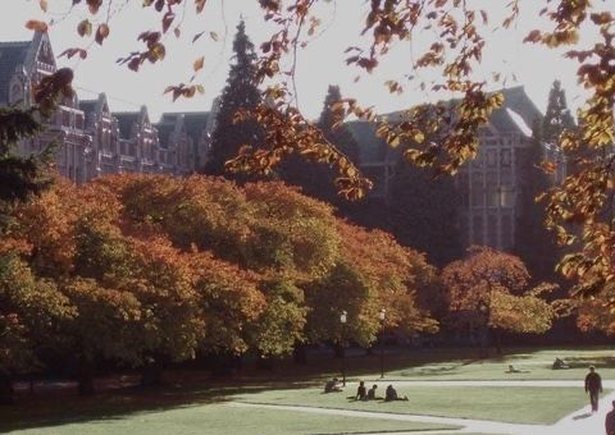
The World Health Organization team that visited Wuhan to investigate the origins of the coronavirus pandemic has refuted the theory that the virus was created in a laboratory. At a lengthy press conference, representatives of the joint investigative mission between the WHO and China provided a summary of the findings from two weeks on the ground.
They expressed that the team work did not dramatically change the picture they had before they started, but had added important details. The team found no evidence of virus circulation in Wuhan before December 2019 and said it was still unclear how it entered the Huanan seafood market where the virus was first detected. But, they added, "all the work that has been done about the virus and trying to identify its origin continues to show that it may have originated from a natural reservoir."
The team said they had examined four key hypotheses about the introduction of the virus into the human population.
The idea that the virus came from a laboratory incident - a theory spread by Donald Trump - is "extremely impossible" and "not a hypothesis for which we suggest further study," said Peter Ben Embarek of the WHO Food Safety , animal diseases specialist and chairman of the investigative team.
He said they interviewed staff and examined the health audit processes when they visited the Wuhan Institute of Virology and added that it is impossible for anything to escape from that place.
The hypothesis of direct zoonotic transmission from an animal to a human is worthy of further investigative studies, Embarek added, but the most likely route is through an intermediate species that has been "potentially closer to humans".
Research to date has suggested that the species that transmitted the virus may have been night owls or pangolins, but Prof. Liang Wannian, head of the expert panel for Covid-19 on China's National Health Commission, said the viruses identified in these species were "not too similar to be identified as descendants of SARS-CoV-2".
Hypothesis suggesting that the virus has been transmitted through an intermediate animal will require specific studies and research. Liang Wannian also cited findings supporting the suggestions that the virus first spread outside China and stressed the possibility of transmission through frozen food sold in the Wuhan market.
Embark radakord that the market was dealing with frozen food "but there were also vendors selling products from wildlife and farms".
Wannian stressed that this mission was only the "first part" of the WHO investigation into the origin of the virus, which he said China had long cooperated with. In fact, the mission was the result of months of negotiations after Beijing initially refused to authorize the visit.

- Covid-19's serious condition: According to Rama, isolation in the house is not a solution
- After years of silence, Facebook stops misinformation about vaccines
- If you have passed Covidin, here is what you need to know about vaccines, variants and more
- Covid Vaccine: What is COVAX and is it really helping poor countries?
Sources: Guardian, BBC







